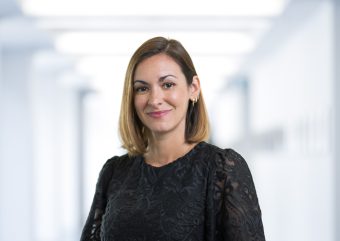How secondaries is attracting a new pool of investors

Jochen Mende, Head of Secondaries

Tanja von Ehrlich, Head of Wholesale REPM
“The liquidity offered by the secondaries market has a critical role to play in opening up the asset class to a new set of investors.”
In the past, private equity has been mainly targeted at the institutional investors market, making it hard for other investors to access this asset class. However, more accommodating regulations have allowed semi-liquid solutions to spread considerably – among them, secondaries – attracting a new pool of investors. But what does semi-liquid mean?
As private equity is an illiquid asset class, a semi-liquid solution can be successful only if the underlying asset class produces enough liquidity to fund redemption requests. The majority of smaller investors prefer, however, to access private equity via feeder funds, which, with the exception of the minimum ticket size, require investors to behave like institutional ones. In this context, the non-existing liquidity poses a major challenge.
To help solve this issue, some players have introduced fund of fund solutions, which are fully paid-in and offer diversification, but don’t address the root of the problem. This is where secondaries can be an interesting solution – provided investors make themselves familiar with their semi-liquid nature. The current high market volatility has also mixed things up.
Currently, the LP-led secondaries dealflow has decreased compared to last year, and the aggressive approach has made room for a more prudent one. With the pricing of portfolios posing a challenge in the current macroeconomic scenario, the focus has geared to the valuation of single-asset deals, which make it possible to dive deep into the performance granularly. At the same time, there are also LPs reconsidering their engagement with private equity, and sellers have also adjusted their pricing in the face of the current situation.
As far as the GP community goes, many fund managers have been holding assets for some time in order to raise incremental capital to pursue value creation strategies. The new trend of the single-asset GP-led market is expected to continue, especially in a scenario where traditional exit routes are closing, making it even more favorable for secondaries to gain traction, despite the restrictions within the buying pool investors have to be aware of.

